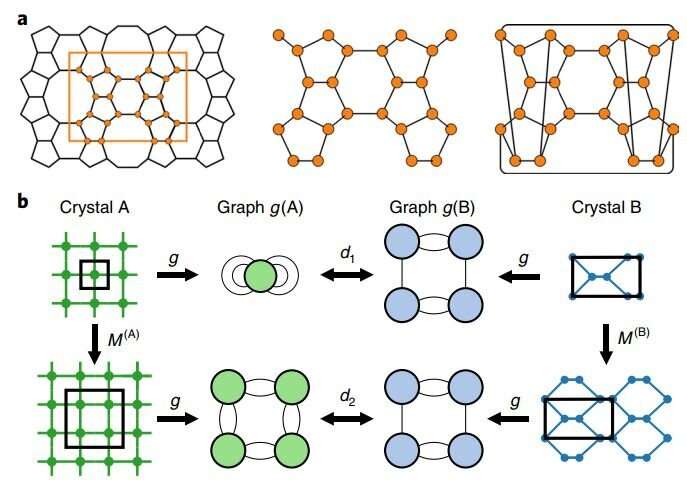We know that graphs exist everywhere in the world and on any scale. Unsurprising, even minerals have networks and graphs at a cellular level. We are going to explore graphs of a particular mineral, zeolite, and how an MIT team managed to apply graph theory to predict the transformation of zeolite types.
Zeolites are microporous, aluminosilicate minerals. It is a very powerful mineral, and it is most commonly used as adsorbents, which hold molecules of a gas or liquid, and catalysts, which increases the rate of a chemical reaction. Examples include speeding up the “cracking” of petroleum in refineries, as well as freshening up your cat’s litter box.
Zeolites eventually turn into quartz. However, before that happens, this mineral is always in a metastable state. It can transform into other metastable states, some of which are already known. They can be produced with organic chemical compounds as well, but because organic material is expensive, it would be more economical to produce it through transformations.
What the researchers wanted to find was pairs of zeolites that are readily able to transform into one another. They used AI to read 70,000 research papers on zeolites. The results from this research and analysis were that a topological description based on graph theory identifies the relevant zeolite pairings. The graph-based descriptions were based on locations and numbers of chemical bonds. These descriptions not only confirmed existing pairs but also helped discover unknown pairs, and it is proven to predict forms of zeolites that can intergrow.
The findings can also help explain theoretical transformations that do not seem to exist.
It is amazing that graph theory could find itself in the obscurest of places. These findings could lead to the production of a whole new set of zeolites, expanding its ever-growing practical usage.

References
https://phys.org/news/2019-10-mathematical-approach-zeolites.html
https://web.archive.org/web/20090215184310/http://www.grace.com/EngineeredMaterials/MaterialSciences/Zeolites/ZeoliteStructure.aspx
